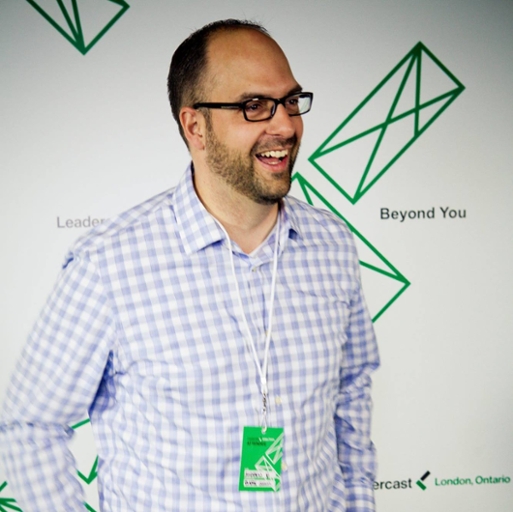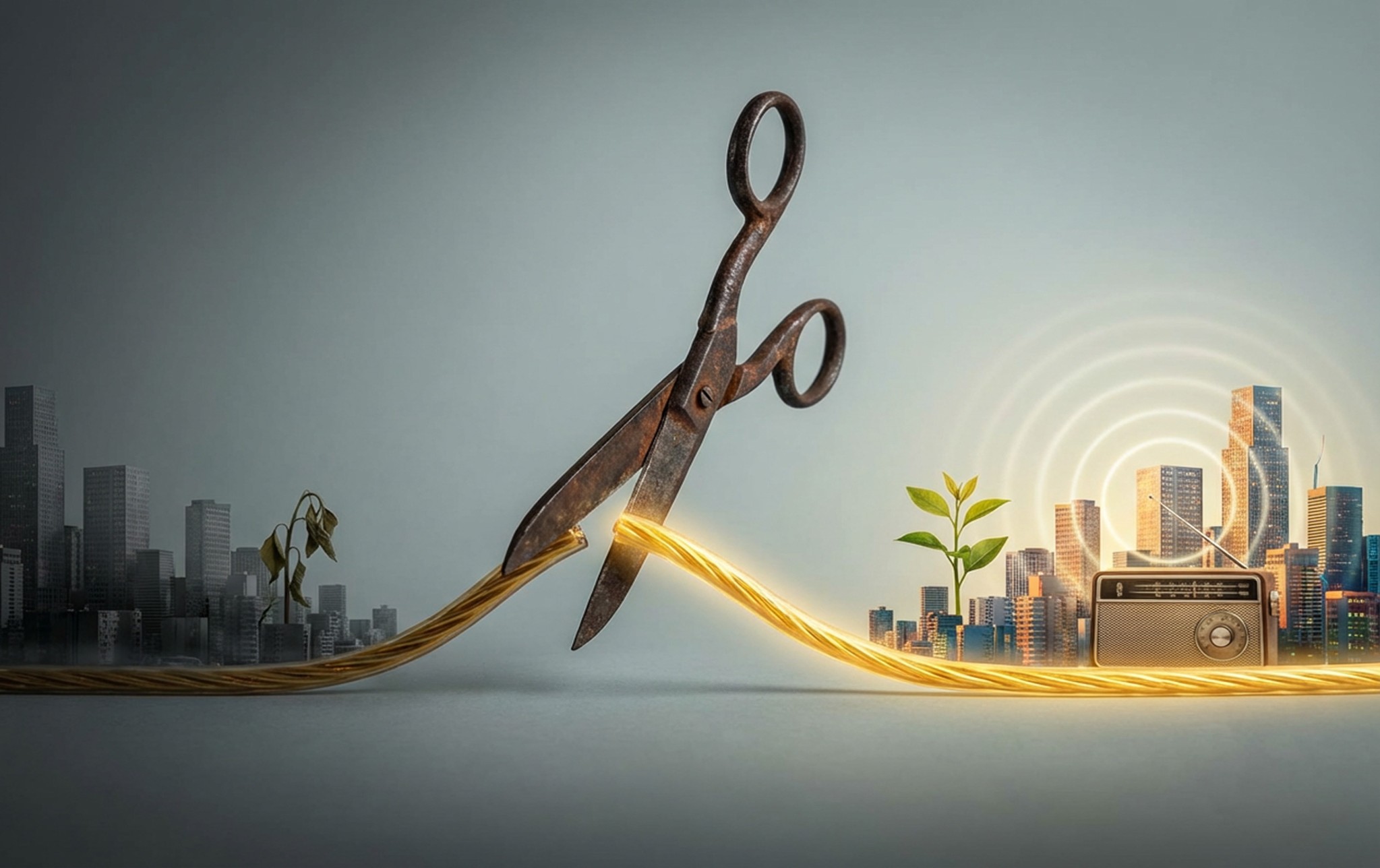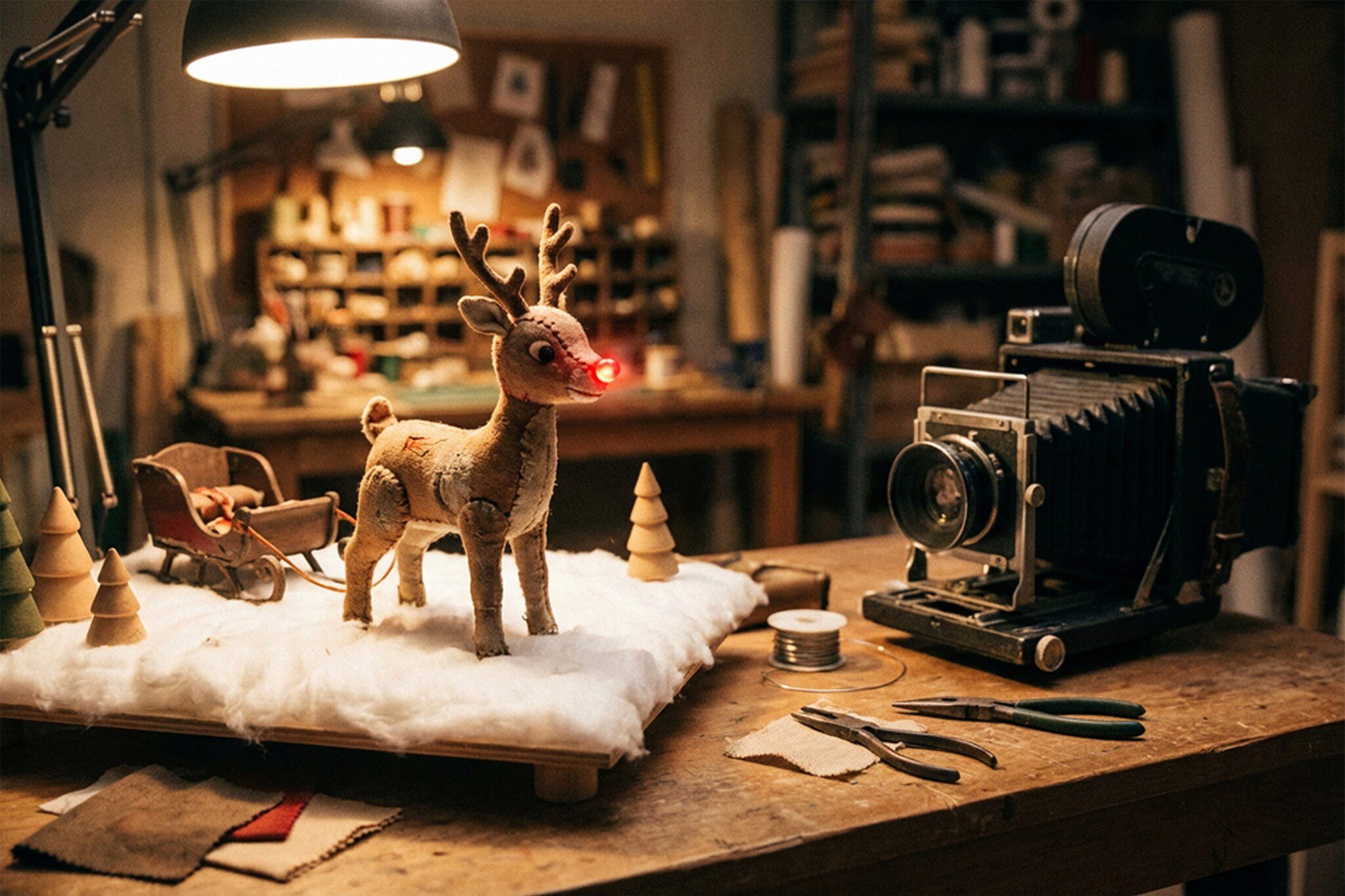In our experience, we have seen many organizations working on the fruit and not the important components that produce the fruit.
We are privileged to work with many agriculturally based companies and often rub shoulders with the people who feed us on a daily basis. From that experience, we know that if you ask a farmer, he will tell you that when the fruit is mature, there isn’t much you can do to make it better. You might be able to shine it up a little on your sleeve, but if it’s bad, you’ve just drawn attention to the badness.
The same holds true for what you are selling/promoting (the fruit). Focusing your efforts on the final product and ignoring your brand is an exercise in fruitility (pun intended) and disappointment.
Nature teaches us, along with many other scenarios, that we must look after the plant in order to realize great fruit. We must carefully look after (nurture, empower and protect) the brand, which will then produce the desired results.
We’ve all heard the saying money doesn’t grow on trees. Often, that’s because we haven’t looked after our tree the way we should have.
When the Great Depression hit in the early 1930s, fear spread quickly through American businesses. Sales dropped, uncertainty rose and leaders everywhere reached for the same lever: cut costs. One of the first things to go was advertising. For many companies, it felt responsible. If money was tight, promotion could wait.
Every December, millions of people revisit the same stop-motion Christmas specials: Rudolph the Red-Nosed Reindeer, The Little Drummer Boy, Santa Claus Is Comin’ to Town and others that feel as much a part of the season as lights and music. Their charm is unmistakable. Their style is instantly recognizable. And remarkably, nearly all of them were created under conditions that would make most modern creative teams freeze.
In a world that measures success by speed, scale and constant activity, it’s surprising to see a company rise to the top by doing less, not more. But that’s exactly what happened with Chick-fil-A. For decades, the fast-food industry has chased the same formula: more hours, more locations, more menu items. If you can serve more people more often, you win (or at least that’s what everyone assumed).





